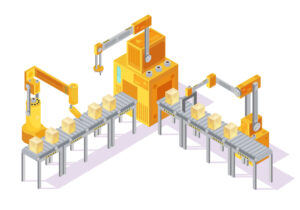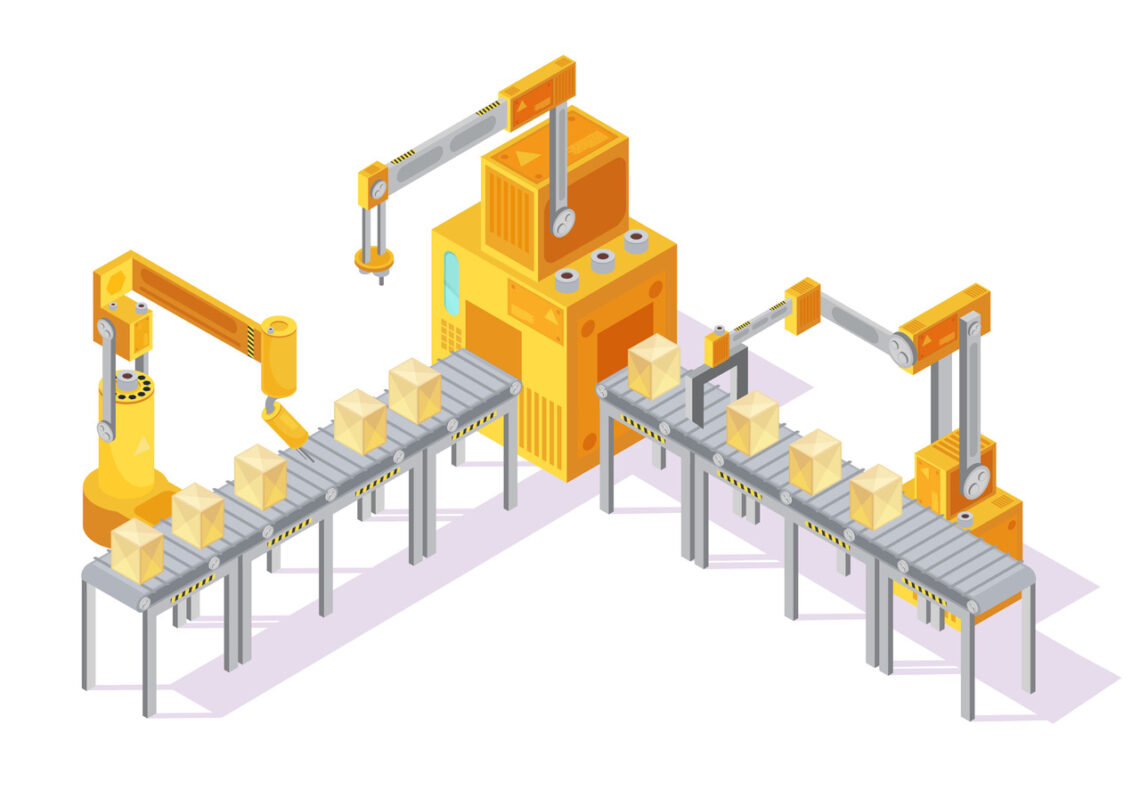 Hello readers! Now that we know what Manufacturing Automation – from the last blog – let us now highlight its benefits more clearly.
Hello readers! Now that we know what Manufacturing Automation – from the last blog – let us now highlight its benefits more clearly.
COVID-19 has turned manufacturing automation from a cost-saving hack to a complete necessity. Automation will globally raise global productivity by 0.8% to 1.4% annually. This will also be followed by a net growth of 12 million jobs.
As per McKinsey, almost 50% of the workforce can be easily automated. It’s no surprise automation in manufacturing has taken up more steam and resumed operations since the pandemic. In this article, we will introduce you to the benefits of manufacturing automation. It will help you understand if you should consider automating your manufacturing business.
Benefits of Manufacturing Automation
The most significant benefit of automating your manufacturing processes is how it helps tame volatility. It enables you to streamline operations and reduce dependencies on market factors that tend to derail work. Some areas where it helps include:
- Increased productivity
- Increased accuracy
- Improved quality
- Improved safety
- Reduced lead time
- Reduced costs
Increased Productivity
When you think of manufacturing automation, the first thing that comes to mind is increased productivity.
At Wing Enterprises – a ladder manufacturing company – after introducing automation into their process, they increased their productivity by an impressive 30%. That’s a 30% increase in output for the same workforce. This leads the company to expand from 20 employees to 400.
Increased Accuracy
Using digital solutions means the removal of human-induced errors and better monitoring, leading to increased accuracy and precision.
Ford Motor Company has been using automation since 1914. In 2014, they decided to automate their manufacturing process for their new plants too. This improved their accuracy rate from 95% to 99.99%. This small change has led to a dramatic decrease in defective products from 2.89% per vehicle to 1.29% they produce.
Not only Ford but the general automotive industry also faced this problem. The piston fittings were manually installed in an engine with an error rate of ~2%. Automated processes now replace these with an error rate of 0.00011%!
Improved Quality
One great example of the benefits of manufacturing automation is how it improves the quality of a company’s products.
The McCormick & Company had been experiencing many problems with its products, including defects and inconsistencies in quality. They decided to automate their manufacturing process to improve quality.
The results were terrific. Not only did the company’s products become more consistent in terms of quality, but they also became more reliable.
Improved Safety
According to the International Labor Organization (ILO), 2.3 million people worldwide die yearly from work-related illnesses or accidents, and 340 million people are injured in such events.
worldwide die yearly from work-related illnesses or accidents, and 340 million people are injured in such events.
A well-run automated manufacturing process is significantly safer than a traditional process. It automates or removes the need for many dangerous and human labor-intensive tasks.
For example, many workers were getting injured in the Amazon warehouses. The company invested in a new automated manufacturing process that eliminated the need for employees to work with hazardous materials. This further stopped the need for manual handling of products and reduced the number of injuries by 60%.
Reduced Lead Time
When you reduce the time it takes to make a product, you can get it to the market much faster. This allows companies to keep up with (or stay ahead of) rapidly changing trends.
Returning to the example of Ford Motor Company, it took them 12 hours to produce a single product, Model T. The new manufacturing automation system in place led to a 16% reduction in lead time. As a result, Ford responded more quickly to customer demand and increased its revenue by 19%.
Reduced Costs
Automated systems can complete tasks faster and more accurately than humans, which leads to reduced labor costs. Forester Research predicts the Robotic Process Automation market will hit $6.5 billion by 2025.
Take Stadtwerke Rotenburg an der Fulda Company, for example. They were able to reduce their cost of failure by 30% after automating their manufacturing process. That’s a savings of approximately 20 million per year.
Also, automated systems require less maintenance than human workers, making them a more cost-effective option in the long run.
As you can see, there are many benefits to automating your manufacturing process. From reducing costs and increasing efficiency to freeing up your workforce and reducing your environmental impact, automation can help your business in various ways. Consequently, the adoption of automation in manufacturing is only going to increase.
Stay tuned to Rucha Yantra’s Knowledge Corner as we look at Warehouse Automation the next time.



